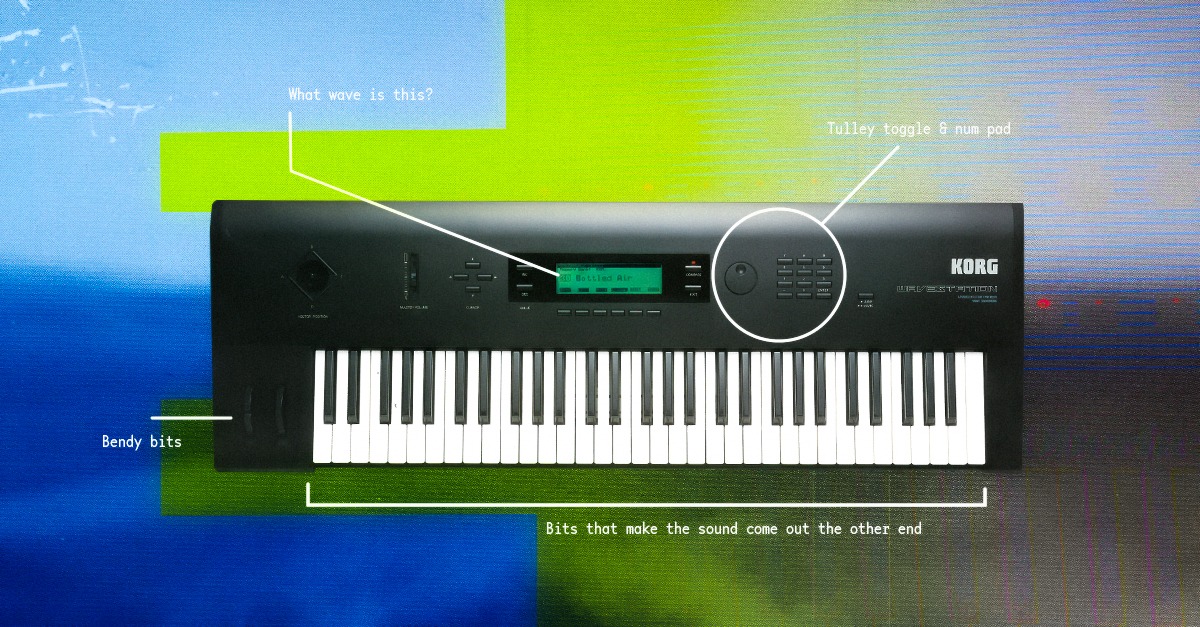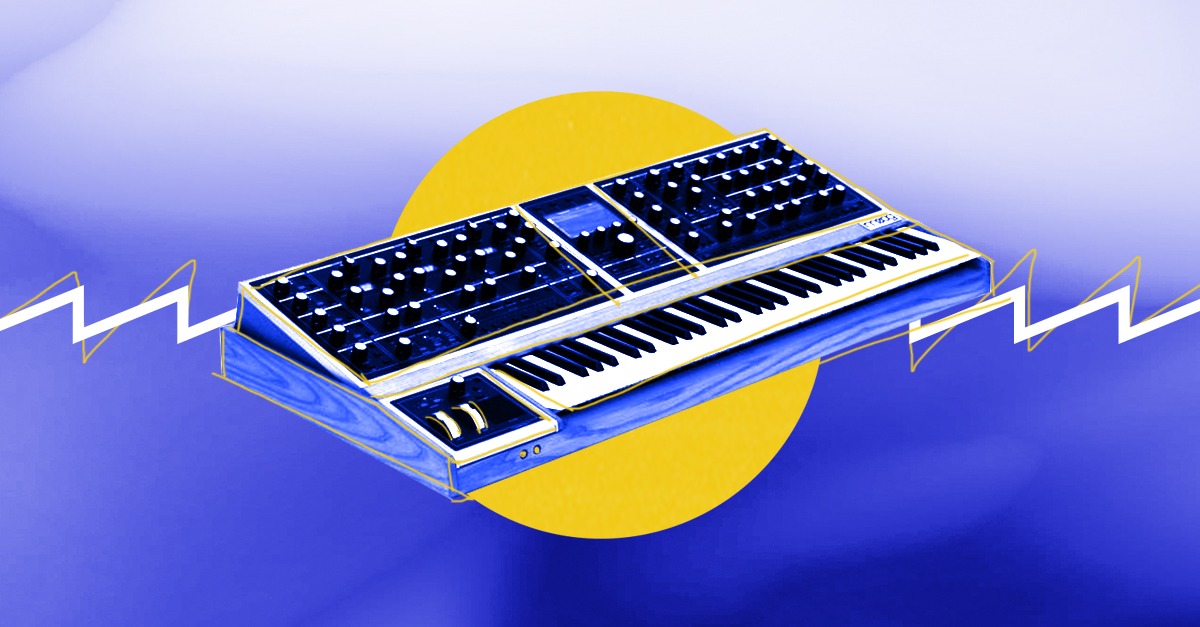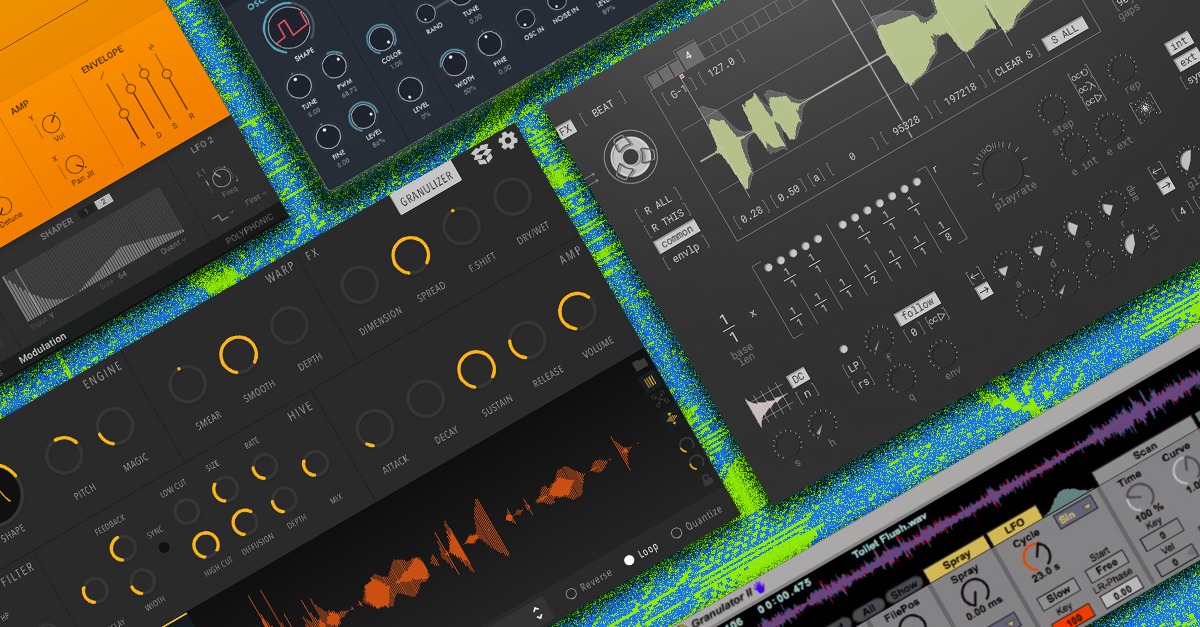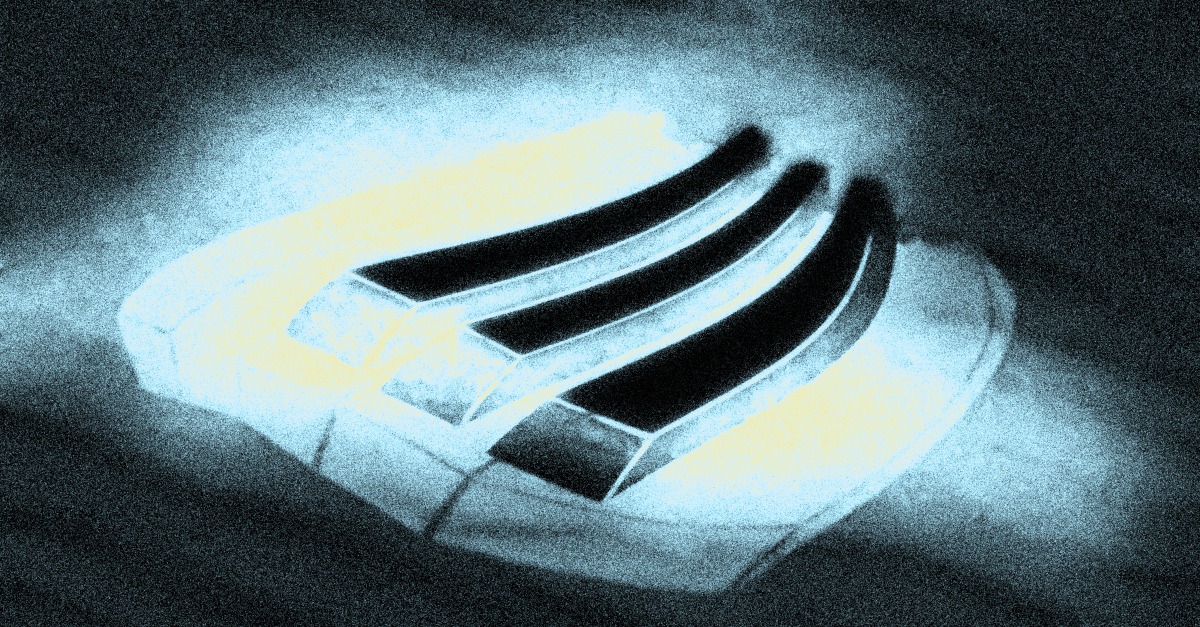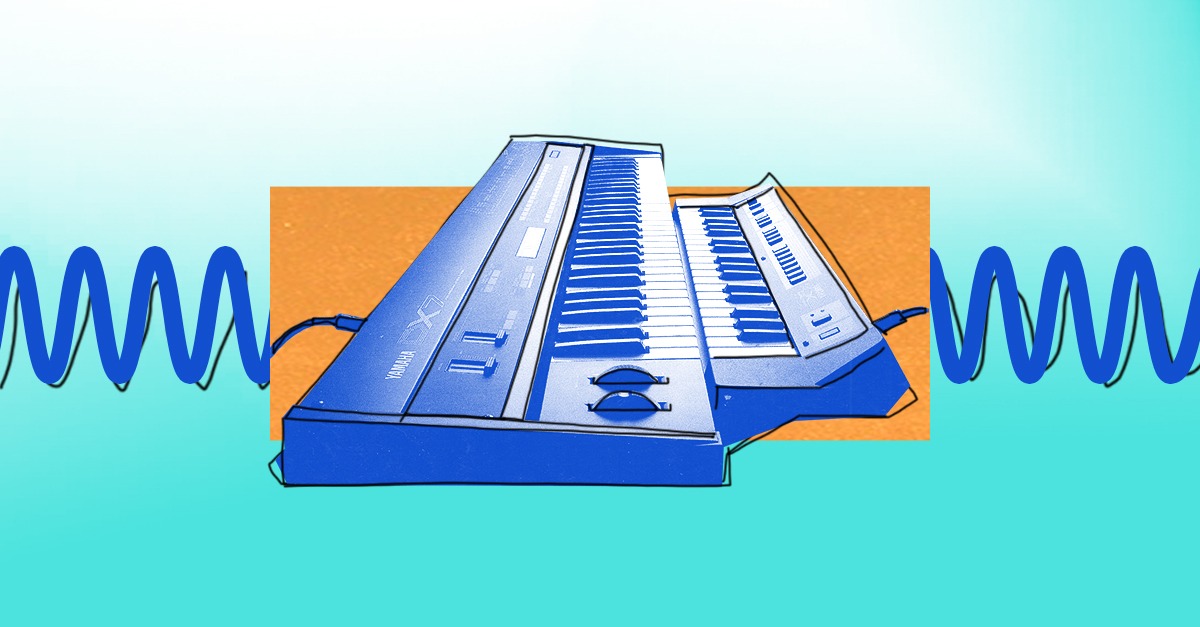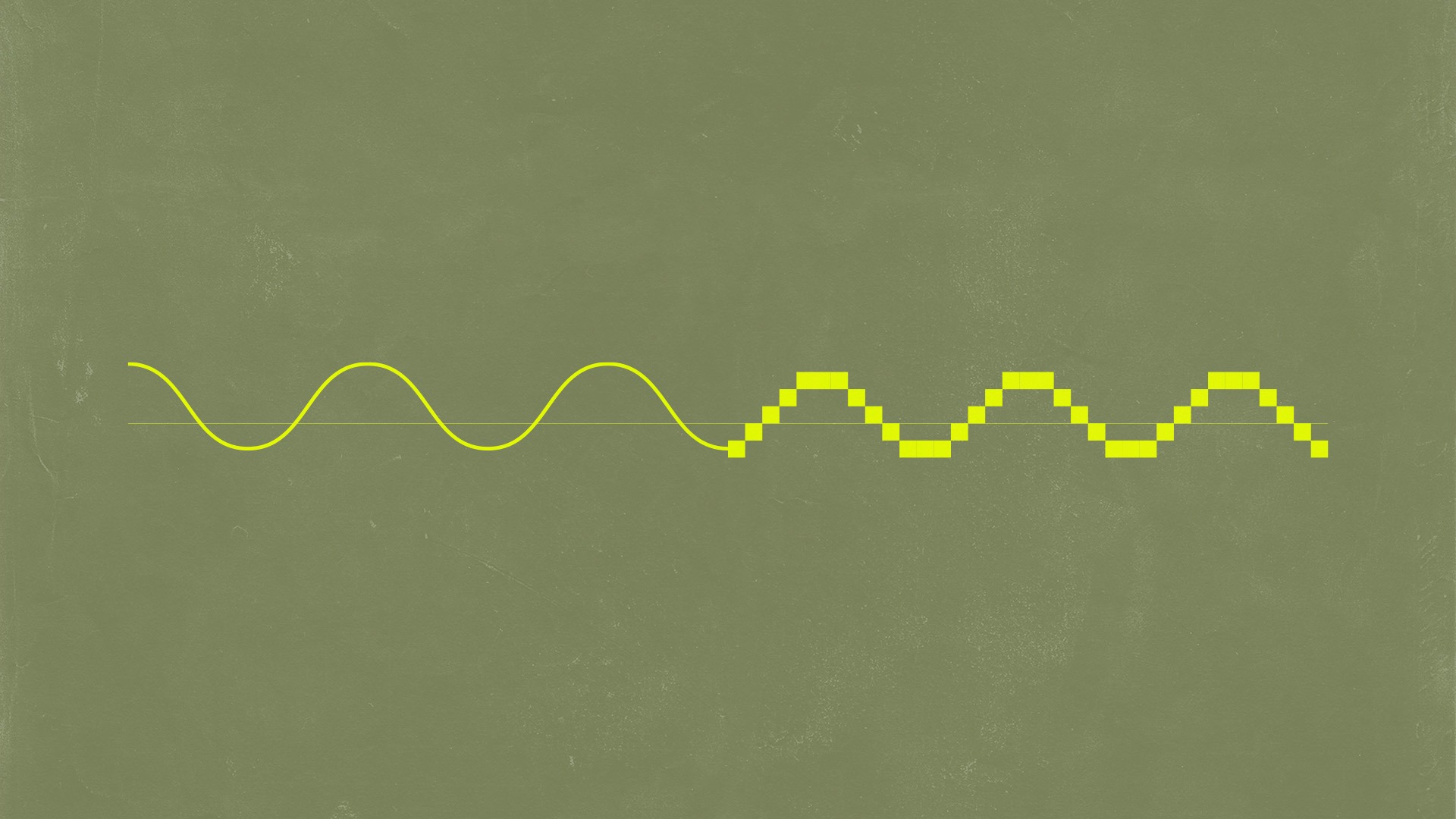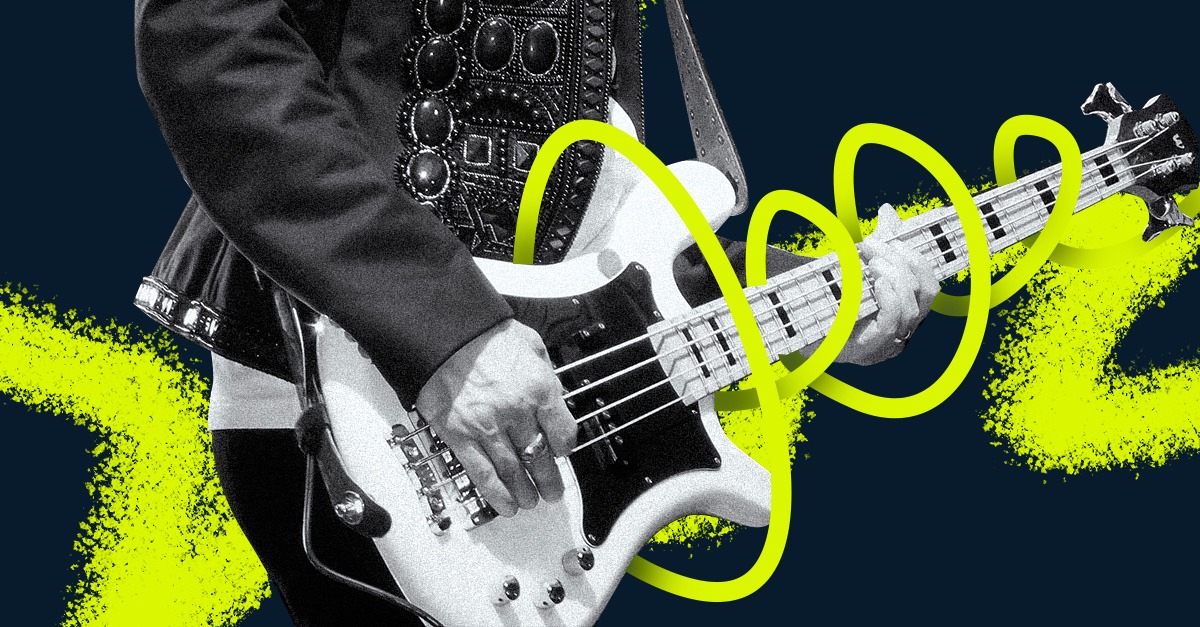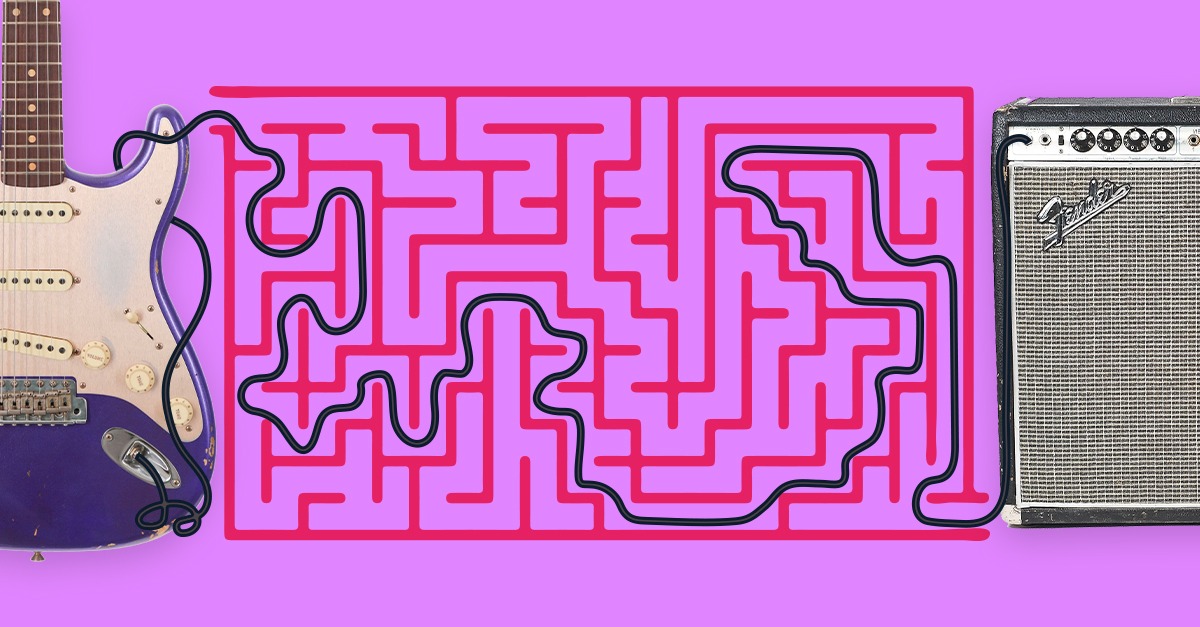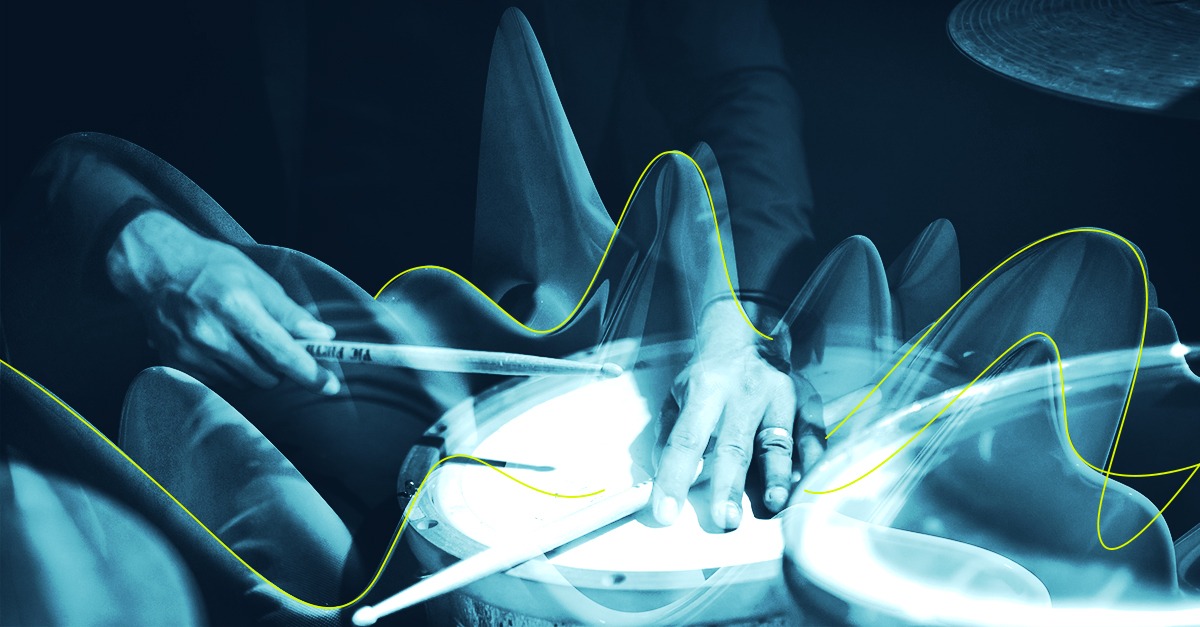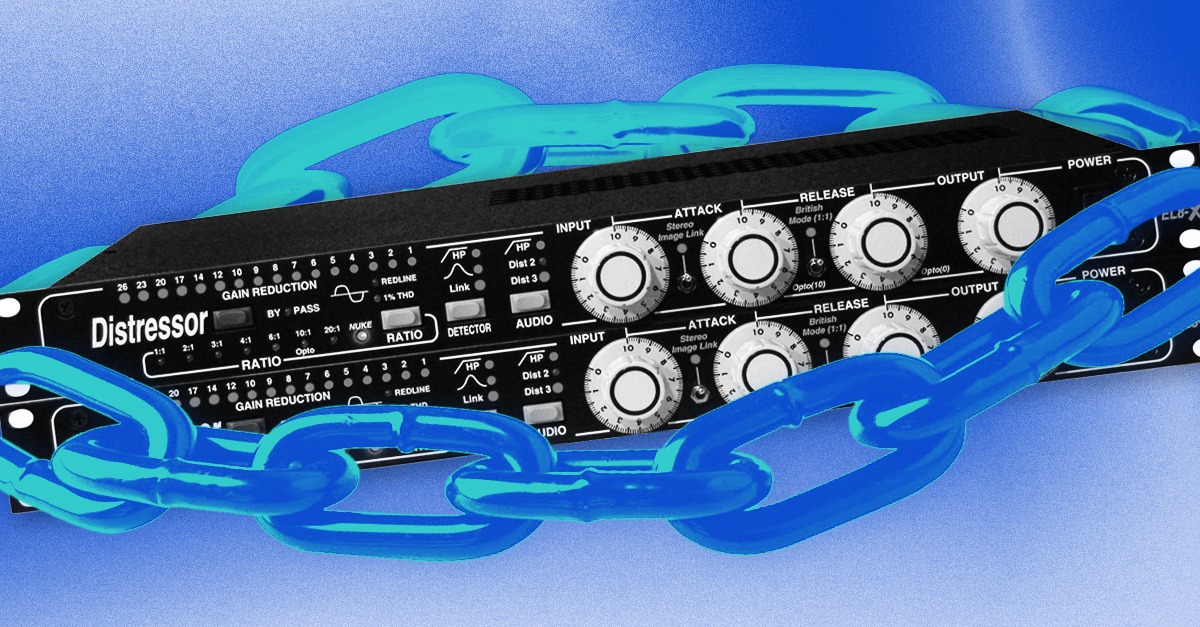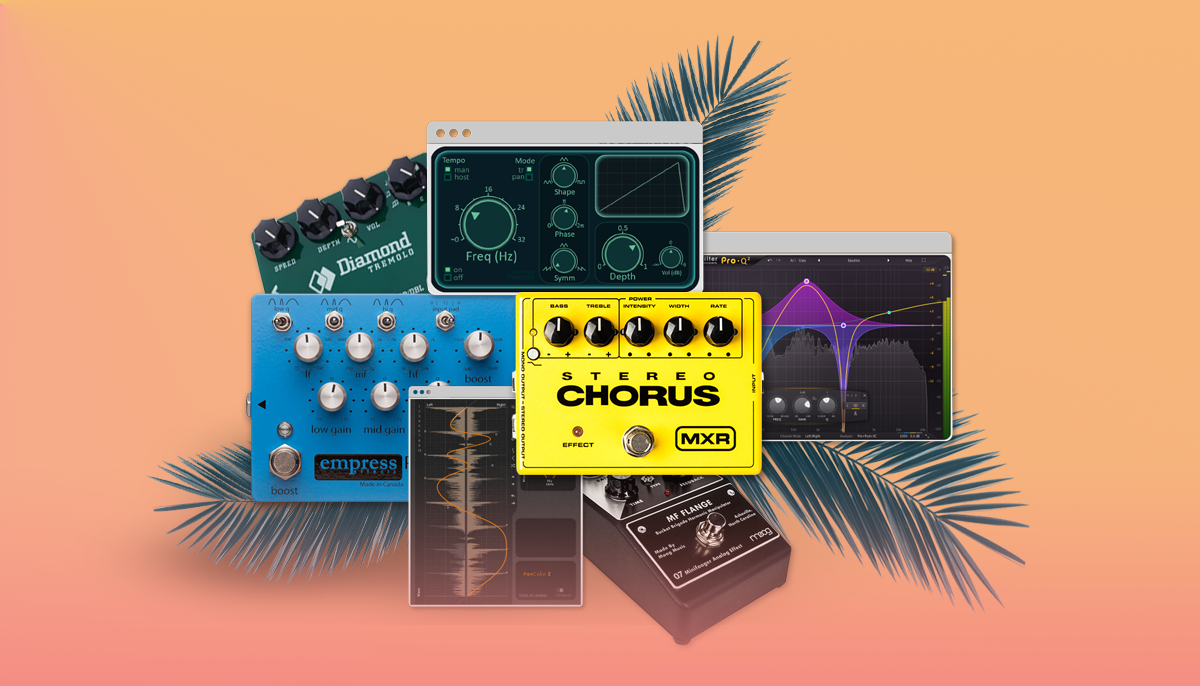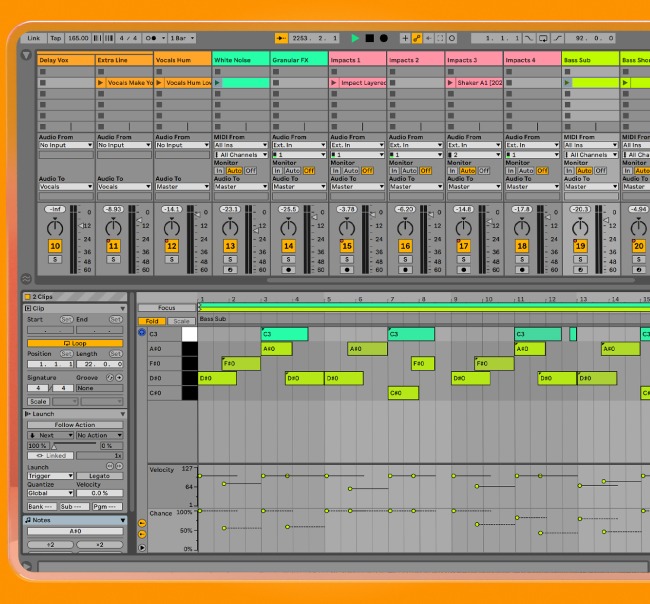
What are LFOs? How to Create Movement In Your Mix
LFO stands for low frequency oscillator.
It’s an essential concept in synthesis, sampling, sound design and more.
But understanding LFOs may be challenging if you’ve never worked with them before.
Even so, there’s nothing complicated about LFOs once you get your head around the basic idea.
In this article I’ll explain what LFOs are, show where they’re commonly used and suggest five techniques to help you use them effectively.
Let’s get started.
What is an LFO?
LFO is an abbreviation of the term low frequency oscillator. It means a signal generator that produces sound at a frequency much lower than people can hear.
The low limit of human hearing is usually considered 20 Hz, or 20 cycles per second. Below that, a sound no longer registers as a coherent, pitched tone.
An LFO is typically used as a source for modulation inside a synthesizer, sampler, audio effect or other device.
Modulation means a signal that manipulates another signal to create change over time.
LFOs are used as a modulation source because their low frequency signal doesn’t conflict with the audible frequency of the main signal.
Later in this article you’ll see how different applications of LFO modulation result in familiar effects in music production.
LFO controls
An LFO typically has three parameters—wave shape, frequency and depth.
These define the characteristics of the wave and have a big impact on the resulting modulation effect when applied to other signals.
Depending on the application, LFOs can usually be configured into standard synthesis waveforms—sine, triangle, saw and square.

The basic wave shapes in synthesis.
Some LFOs may offer even more interesting waveforms such as random, variable pulse, ramp and more.
The frequency control determines the speed of the LFOs action, and the depth control adjusts its amplitude.
I’ll explain exactly how these controls affect the result in the next section.
LFO in synthesis
With the basics out of the way, let’s look at some examples from synthesis.
LFOs play a huge part in any subtractive synthesizer design.
Think about it this way—the sound from a basic oscillator isn’t very interesting on its own.Without movement, change and evolution over time, the basic timbre of a droning square wave would get pretty dull.
Analog synths start with these buzzy oscillator waveforms and sculpt them with modulation and other modifiers to create musical sounds.
Let’s look at a few examples of how an LFO could be connected in a synth to get a better idea.
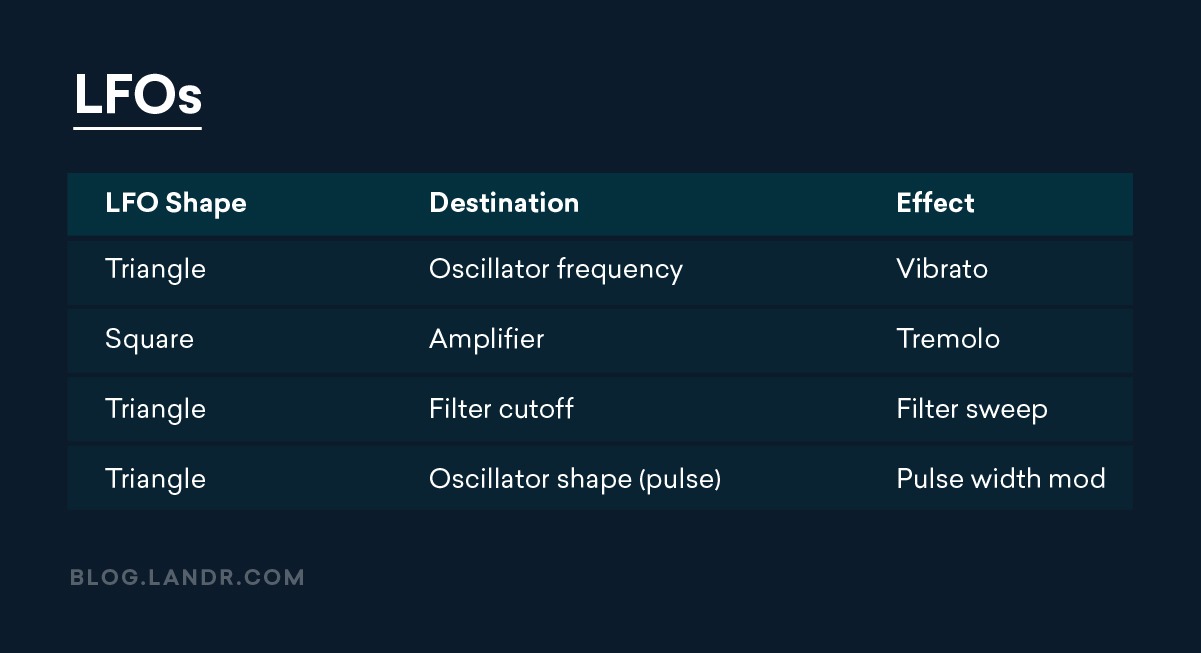
Some examples of LFO modulation destinations in synthesis.
LFO to oscillator frequency
When you play a note on a synth, the oscillator produces a signal at the frequency that corresponds to the key you press down.
But with an LFO patched to the oscillator’s frequency, its pitch modulates back and forth at the frequency of the LFO.
When set slowly to a smooth wave like sine or triangle, this connection produces a vibrato effect.
LFO to VCA level
The amplifier is the section of your synthesizer that determines its volume.
But changes in volume over time are essential to how we recognize timbre. That makes it used often as a destination for modulation.
When you patch a square wave LFO to the amplifier (usually called a VCA in an analog synth), you’ll hear a choppy tremolo effect as the modulation wave cycles from high to low.
LFO to filter cutoff
The filter controls the frequency content of a synth sound. In a subtractive synth, you start with a rich waveform like a square or saw and shave off harmonic material with the filter to sculpt it.
It’s a perfect destination for LFO modulation.
Try routing an LFO to the filter cutoff with a slow, smooth triangle wave.
You’ll get a rich, evolving filter sweep that changes the frequency contour over time—a classic synth effect!
These few examples are just the tip of the iceberg when it comes to LFOs in synthesis, but they should give you a basic idea of the possibilities.
Most subtractive synthesizers offer lots of routing options for LFO modulation—in a flexible synth design, you can modulate just about any parameter you can think of!
Learning synths?
Use these guides to hone your skills.

LFOs in effects
While analog-style synthesis is where you’ll most often encounter configurable LFOs you can freely route to any source, many audio effects rely on them for their action.
These are often referred to as modulation effects for the way they can create movement and animation in static sounds.
Here are four effect types that use LFOs to create their sound.
Chorus
Chorus effects use a simple mechanism for their swirling, watery tone.
A delay line creates a copy of the signal at a short interval from the original.
An LFO modulates the pitch of the delayed signal and then two are combined back together.
Flanger
As in the last example, a delay creates a copy of the signal and combines it with the original, but a flanger’s LFO manipulates the delay time instead of the copy’s pitch.
Tremolo
A tremolo effect is similar to the synthesizer VCA example I described above.
An LFO modulates the volume of the signal, usually with a choppier, more square-like wave to maximize the intensity of the effect.
The result is a pulsating modulation that’s a classic effect in vintage guitar amplifiers.
Phaser
A phaser uses a unique filter type called all-pass to create changes to the phase of a signal without altering its other features.
When combined with the original signal, destructive interference cancels out some frequencies to change the signal’s timbre.
When modulated with an LFO the phaser cycles through different frequencies, changing the range of the cancellation and creating a psychedelic whoosh.
The world of effects
Learn more about audio effects
LFO techniques
With the basic examples out of the way, here are four creative ways to work with LFOs in your DAW.
1. Modulate parameters in Ableton Live
Did you know Ableton Live has a DAW-wide LFO?
Thanks to the Max for Live environment, you can use LFO modulation to control anything you can think of inside Live.
Track level and panning are fair game of course, but you can come up with plenty of much more exciting ideas if you put your mind to it.
There are almost no limits—simply click to an element to select it as the destination and see what happens.
You can even sync the LFO wave’s period to tempo divisions for beat-synced modulation effects.
2. Modulate LFOs with other LFOs
As modulation became more and more central to synthesis, designers implemented a more flexible system for configuring it.
A modulation matrix is a grid of sources and destinations that can permit complex routings in which one LFO signal can modulate another.
That means the signal that controls the movement of static sounds can have its own change over time from another LFO!
The results are highly complex control waves that add an evolving feeling to your signal.
If this seems confusing at first try starting with a simple LFO action like a filter sweep and modulate its speed to get used to the effect.
3. Use square wave LFOs for rhythmic effects.
Do you have sounds that are lacking rhythmic interest?
Square wave LFO modulation clocked to your session’s tempo can produce all kinds of rhythmic effects.
By modulating the level or sequence of of a sound you can create rhythmic drop outs or unique patterns.
You can even trigger sample playback in a primitive form of sequencing by using the square LFO like a gate.
4. Audio rate modulation
As I mentioned above, you can create a rudimentary FM synthesizer if your LFO is capable of audio rate modulation.
By routing the LFO to a second oscillator (or even the filter) the rapid modulation will create an additional tone with unique characteristics.
🧠 Hot tip
5. Don’t stop with just LFOs
LFOs are the most straightforward modulation source, but they’re certainly not the only one out there.
Envelopes, sequencers, sample and hold and other more exotic forms of modulation are out there.
This is especially apparent in the world of modular synths where there are many different experimental methods for change to unfold in your system.
Don’t be afraid to branch out once you’ve got a handle on LFO modulation!
LFO sighting
LFOs need to be a tool in your toolbox if you produce music with synths or samplers.
After all, the mechanics of how they work should give you ideas for how to create with them.
LFOs may seem challenging but with the right background and clear examples you’ll be using them with confidence in no time.
Gear guides, tips, tutorials, inspiration and more—delivered weekly.
Keep up with the LANDR Blog.

